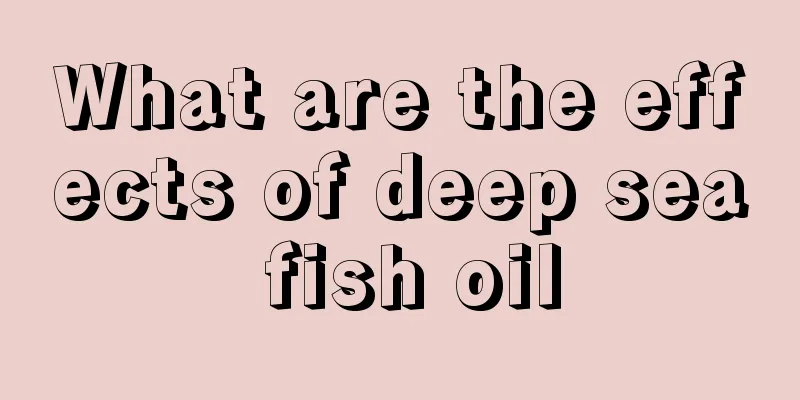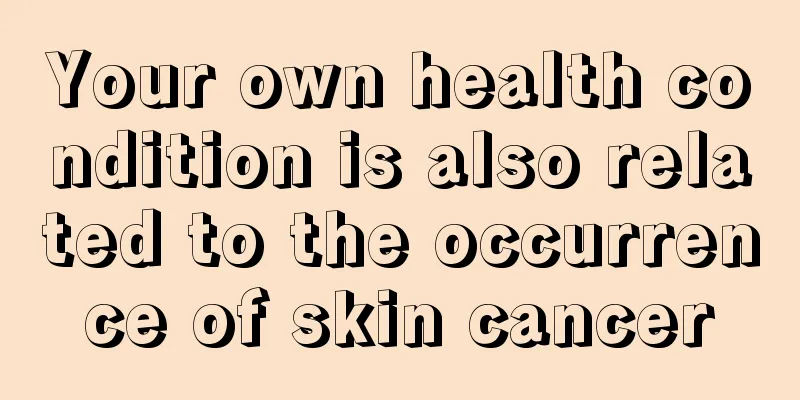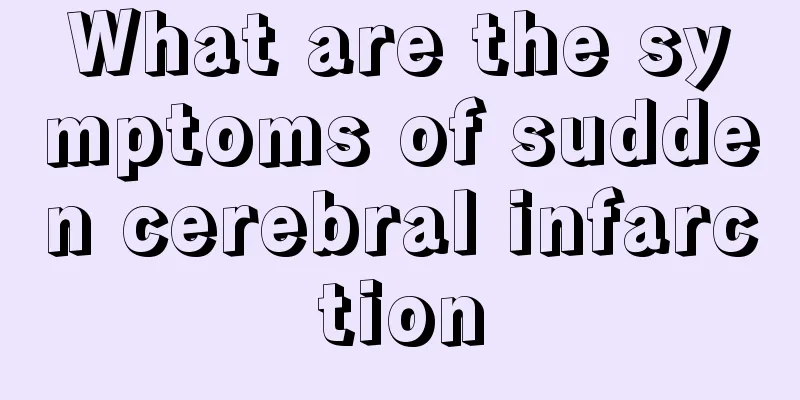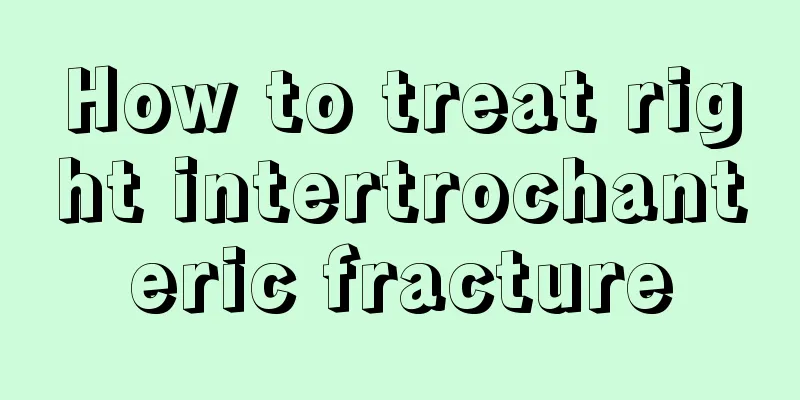What are the common sense of cardiac first aid?

|
The heart is the most important organ in the human body, bar none. If the heart suffers any damage, it can be fatal. Therefore, it is important to protect and maintain your heart in daily life. In addition, if there are some sudden heart conditions, we also need to understand some common sense and knowledge of first aid to avoid the occurrence of crises and provide better first aid. So what are the attempts at cardiac resuscitation? 1. Angina This is an emergency that is common in patients with coronary heart disease, and often occurs when they are tired, emotionally excited, full, in cold weather, or smoking too much. When the disease occurs, there is compressive or suffocating pain in the precordial area, which lasts for 5 to 10 minutes. Once an attack occurs, you should immediately stop any activity, rest quietly on the spot, and dissolve 1 tablet of nitroglycerin or 1 to 2 tablets of isoflurane under the tongue. It will take effect within 2 to 5 minutes. 2. Acute myocardial infarction The location of the pain is the same as that of angina pectoris, but it lasts longer and is more severe, with nausea, vomiting, sweating, and a sense of impending death. The symptoms and consequences are much more serious than those of angina pectoris. At this time, the patient should be allowed to rest in bed, loosen the collar, and keep the room quiet and well ventilated. If conditions permit, give oxygen immediately. Take 1 tablet of nitroglycerin or 1 to 2 tablets of isopropylamine sublingually, and call the emergency center immediately. Do not take the bus or help the patient walk to the hospital to prevent the scope of myocardial infarction from expanding. 3. Cardiac arrest Regardless of the cause of respiratory or cardiac arrest, patients are those whose lives are in the most critical state and who are in the most need of emergency assistance. The brain requires a large amount of oxygen. After breathing and heartbeat stop, the brain will quickly become deprived of oxygen, and half of the brain cells will be damaged within 4 minutes. If the patient can receive effective first aid measures within 4 minutes of the sudden onset of the disease, the recovery rate is 50%. These 4 minutes are called the "golden 4 minutes" for saving lives. If cardiopulmonary resuscitation is performed more than 5 minutes later, only a quarter of the people can be saved. For every minute of delay, the success rate of cardiopulmonary resuscitation will drop by 7% to 10%. If it exceeds 10 minutes, there is little hope of resuscitation. After mastering the common sense and methods of cardiac first aid introduced above, we can deal with emergencies with more confidence, because the heart is easily affected by the environment and emotions, and it is very likely that momentary emotional excitement or anger may induce a heart attack, so everyone should understand these first aid attempts. |
<<: How to provide first aid for shock?
>>: How to clean invisible underwear?
Recommend
What are the symptoms of prostate cancer
Prostate cancer is an invisible killer in the cur...
There are several varieties of sweet potatoes
Sweet potatoes have always been everyone's fa...
Swimming causes hair loss
In real life, more and more people have fallen in...
Spleen deficiency shortens life span by half. Check here to see if you have spleen deficiency
What we talk about most in summer is spleen defic...
Is it good to apply lemon water on your face?
Applying lemon water on your face can whiten your...
Will the depression caused by scraping off the scab heal?
Accidents are very likely to happen in daily life...
What should I do if I get stomach pain after eating bananas on an empty stomach?
If you experience stomach pain after eating banan...
Damp-heat dermatitis
The term damp-heat is often mentioned in traditio...
About the high incidence points of 10 diseases
The human body's biological clock will affect...
What to do with ascites in the late stage of liver cancer? How to deal with it?
Liver cancer is a malignant tumor that is difficu...
What are the sequelae of kidney cancer
Since many people do not realize the serious harm...
Do loaches need to be gutted? How to clean loaches
Many people like to buy loaches to eat in the sum...
What are the early symptoms of lung cancer? 4 symptoms of early lung cancer
The cause of lung cancer is related to smoking, s...
Are plastic products toxic?
I believe that many of my friends have used plast...
How much does thyroid cancer cost approximately
How much does thyroid cancer cost approximately? ...









